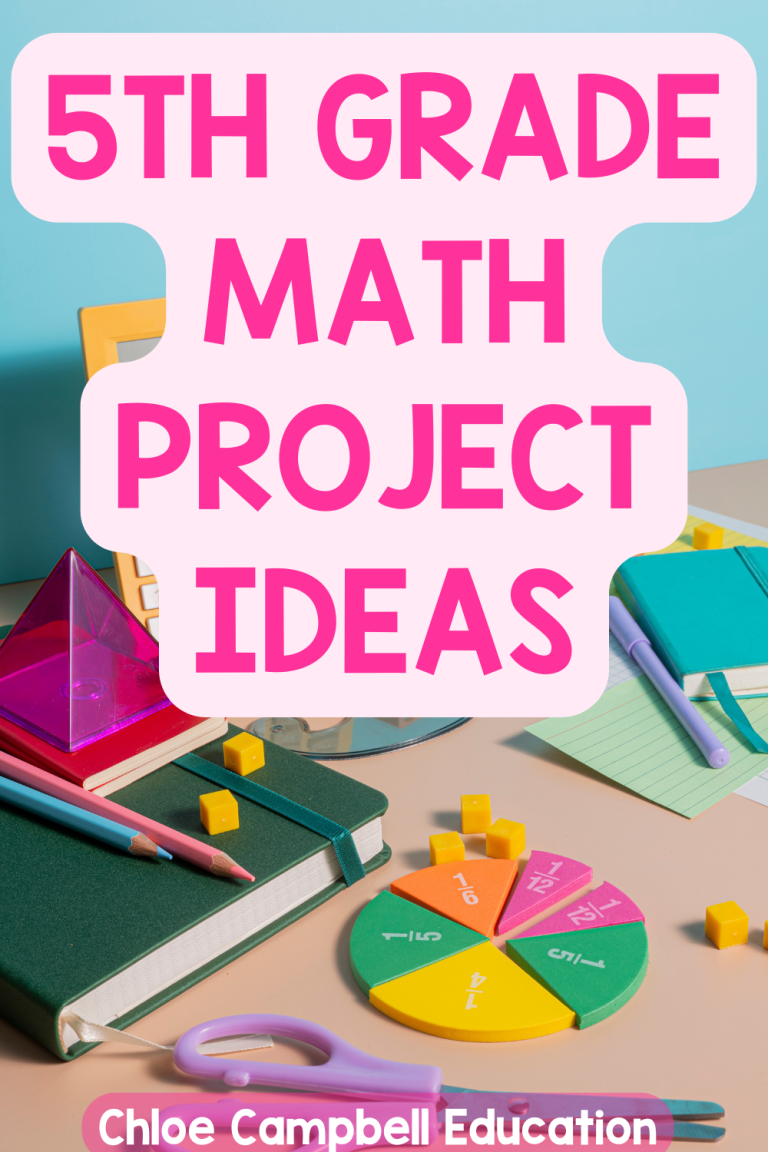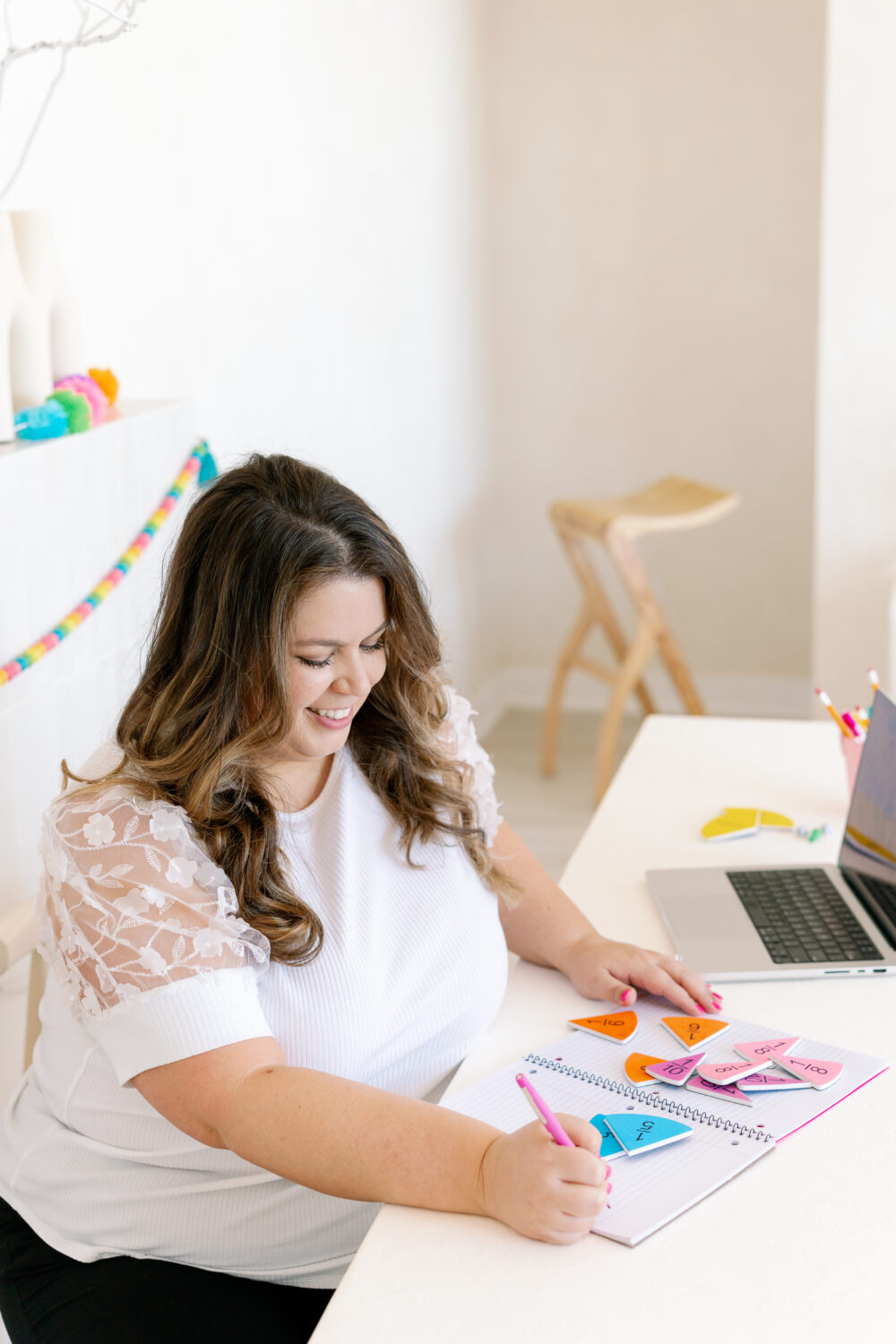Teaching Multi Digit Multiplication Strategies
Teaching multi digit multiplication strategies in your classroom can sometimes seem daunting – I get it! Teaching multi-digit multiplication is so much better now, in my opinion, is so much better than it used to be. When I was in school, there was standard algorithm, and if you couldn’t memorize those steps, you couldn’t multiply. Today, our kids have a ton of options as they solve 4×1, 2×2, 3×2, and larger whole number multiplication problems. It’s important to use concrete models before we jump into abstract methods, and the ideas in this blog post are organized that way. Here are some of my favorite strategies for how I teach multi-digit multiplication in my 4th, 5th, and 6th grade classrooms.
Note: This blog post focuses on multi-digit whole numbers multiplication. Take a look at this blog post for ideas about basic multiplication facts.

TEACHING MULTI DIGIT MULTIPLICATION: AREA MODEL
The area model is one of those math strategies I wish I had as a kid. The strategy make total sense to me! In this strategy, students break down their problem into corresponding place values. Then, they cross-multiply those place values with one another. This strategy highlights place value, makes multiplying larger numbers easier (hello, powers of 10), and allows students to understand the why behind standard algorithm when you do need them to learn that strategy.
Here are the steps to multiply 624 by 53 using the Area Model strategy (including a visual and written in word form):

- Break down the numbers into place values:
- 624 can be broken down into 600, 20, and 4.
- 53 can be broken down into 50 and 3.
- Draw a rectangle and divide it into sections:
- Draw a large rectangle and divide it into a grid with the number of columns equal to the place values of the first number (3 columns for 600, 20, and 4) and the number of rows equal to the place values of the second number (2 rows for 50 and 3).
- Label the sections:
- Label the top of each column with 600, 20, and 4.
- Label the side of each row with 50 and 3.
- Fill in the sections with the partial products:
- Multiply each pair of place values and fill in the sections of the grid with these partial products:
- 600×50=30,000
- 600×3=1,800
- 20×50=1,000
- 20×3=60
- 4×50=200
- 4×3=12
- Multiply each pair of place values and fill in the sections of the grid with these partial products:
- Add up all the partial products:
- 30,000+1,800+1,000+60+200+12
- Calculate the final result:
- Add the partial products together to get the final result: 33,072
To practice this skill and make multiplication fun, my students play a board game where they earn moves by completing multi-digit multiplication problems using the Area Model strategy. This game includes multiplication problems with 2-digit numbers by 2-digit numbers, two-digit numbers by one-digit number, 3-digit by 1-digit multiplication, and 4-digit numbers by 1-digit multiplication. I have their partner check their work to ensure they’ve come up with the correct answer – and so they’re not just sitting and staring at the wall as their partner works.
When it’s possible (based on the needs of my students), I like to watch my kids play and listen to their conversations, as it helps me determine the level of my students’ understanding of these concepts. And, as a heads up, the majority of students in my class will tell you that Area Model is their preferred strategy!
TEACHING MULTI DIGIT MULTIPLICATION: PARTIAL PRODUCTS METHOD
Once your students are ready to drop the scaffolding of a visual model like the Area Model, they can move into partial products. Partial products is essentially area model, but without the boxes. Going back to 624 x 53, students calculate the numbers by splitting them into place values and then adding all six values up.
- 600×50=30,000
- 600×3=1,800
- 20×50=1,000
- 20×3=60
- 4×50=200
- 4×3=12
30,000+1,800+1,000+60+200+12 = 33,072
I always hang an anchor chart of this strategy on my wall so students can remember the steps of partial products. Partial products is one of the strategies that my students use to multiply multi-digit numbers when we complete my Solve the Room activity. Students find 2-digit by 2-digit multiplication problems around the room, and they solve problems by using a preferred strategy.
I love this activity because it gets my kids out of their seats, and it allows me to give extra help to students who need it because my kids are so engaged. Multiplying double digits becomes so much less stressful when my kids are completing multiplication activities that disguise work with fun, like my Solve the Room series!
TEACHING MULTI-DIGIT MULTIPLICATION: TRADITIONAL ALGORITHM
The standard algorithm for multiplication still works, and in Common Core standards, 5th grade students have to use the traditional algorithm correctly. To teach this strategy, I want my students to have a strong grasp of the area model and partial products strategies because they perform the steps of traditional algorithm – without us realizing it! (It’s true – work backwards in an area model problem, and you’ll notice it is the exact steps of traditional standard algorithm!).
As we cover this skill, my students practice using the algorithm by completing math puzzles with 2-digit by 2-digit and 3-digit by 2-digit multiplication problems. My students love being able to check their work as they go, because they’ll have incomplete puzzle pieces if their final answer is incorrect. The puzzles are a great way to encourage engagement, cooperation, and teamwork!
As you can see, it’s so important that our students know how to multiply multi-digit whole numbers in different ways. These strategies can work for fourth grade, fifth grade, and sixth grade students, depending on their strengths and abilities in math. As your kids are working, don’t hesitate to pull a small group and intervene as you need to. All of these activities will keep your class engaged and allow you to focus on the students who need help.
And I’ve got you covered – all of the resources mentioned in this blog post have answer keys for you! I’m confident these tools will not only help you teach double digit multiplication (and other large numbers) with ease, and your students will be engaged and having fun in your math class!
If all of these resources sound like things you need to make your teaching easier, you can grab them all by clicking the picture below.

Save this post for later by Pinning the picture below to your favorite Pinterest board!










